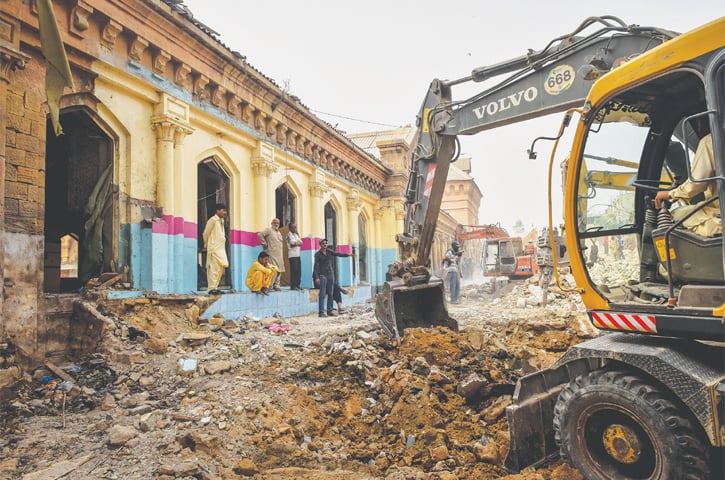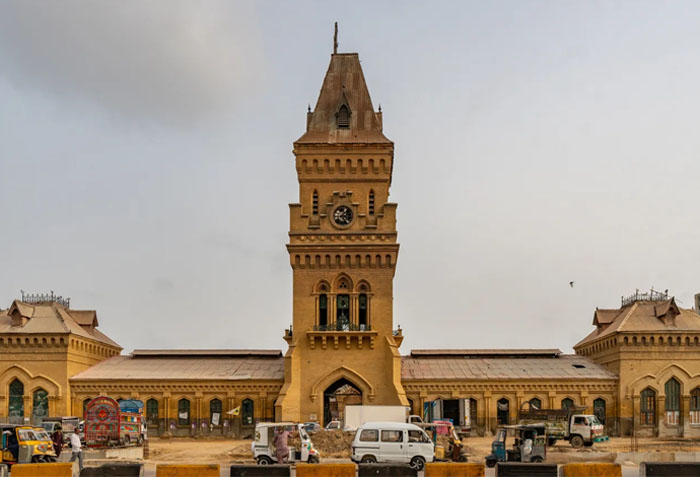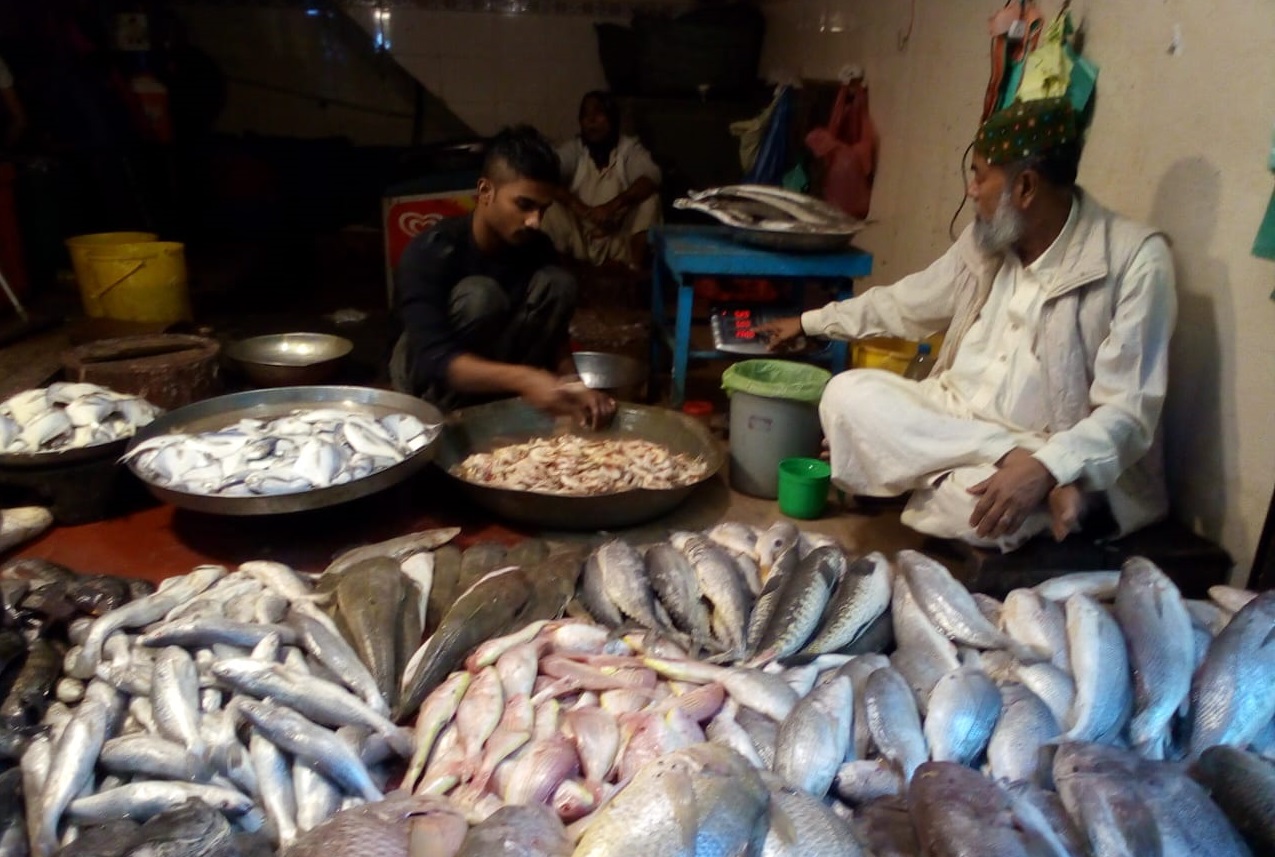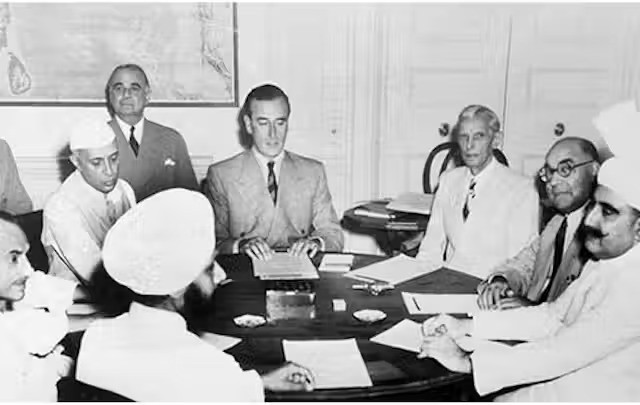In the heart of Karachi’s Saddar stands a structure that has seen more than a century of history — Empress Market. Its red-bricked Victorian-Gothic architecture, towering clock, and bustling atmosphere once represented the glory of the British Raj. Yet, beneath its beauty lies a dark and tragic past — one that reflects both the pain of colonial conquest and the chaotic evolution of Karachi itself.
The Empress Market is not merely a building; it is a witness to injustice, survival, and transformation. Its story is deeply intertwined with the city’s soul — from the gallows of colonial revenge to the cries of displaced vendors in modern times.
The Colonial Beginning – Built on Blood
Empress Market was constructed between 1884 and 1889 during the reign of Queen Victoria, after whom it was named “Empress” to commemorate her title as the Empress of India. The market was designed by British architect James Strachan, known for his contributions to several iconic colonial structures in Karachi.
But what makes the site tragic is not just its colonial symbolism — it is the ground on which it stands. Before the British built this market, the area was known as the site of a mass execution.
After the 1857 War of Independence, when local soldiers and civilians rebelled against British rule, many freedom fighters from Sindh and Baluchistan joined the uprising. The British brutally crushed the rebellion, and dozens of these soldiers were executed and hanged publicly right on the ground where Empress Market was later built.
It was a message of domination — an architectural reminder that the British had conquered not just land, but also the spirit of resistance. By naming the market after the Empress herself, they sought to erase the memory of rebellion and replace it with the grandeur of empire.
Thus, every brick of Empress Market is laid over the blood of those who once fought for freedom.
A Market of Prestige and Power
Once completed, Empress Market became the most prestigious marketplace in Karachi during the British era. The building featured four grand entrances, high vaulted ceilings, and a tall clock tower visible across Saddar.
It quickly became a hub of elite commerce. British officers, wealthy merchants, and local elites would visit to buy imported goods, luxury items, spices, and fresh produce. The market symbolized modernity and progress — but for the natives, it was also a constant reminder of the colonial power that governed them.
The irony was clear: the site of resistance had been transformed into a symbol of imperial control and economic privilege.
Post-Independence Karachi – The People’s Market
After Pakistan’s independence in 1947, Empress Market took on a new life. No longer a colonial monument of power, it became a market of the people. Vendors from different backgrounds set up stalls — selling meat, vegetables, grains, stationery, birds, and even pets.
By the 1970s and 1980s, the market was one of the busiest commercial centers in Karachi. It reflected the city’s diversity, energy, and chaos. People from all walks of life — from the elite to the working class — came to shop under its historic roof.
Over time, the surroundings of Empress Market grew crowded with illegal stalls and makeshift shops, as Karachi’s population exploded. Despite this, the market retained its charm, serving as both a historical landmark and a living organism of urban life.
The 2018 Operation – Erasing the Livelihoods

In November 2018, Empress Market witnessed yet another tragedy. The Karachi Metropolitan Corporation (KMC), under orders from the Supreme Court of Pakistan, launched a massive anti-encroachment operation around the market.
Thousands of makeshift stalls, small shops, and informal businesses were demolished overnight. These vendors, many of whom had worked there for decades, lost their only source of income.
While the operation aimed to restore the market’s original colonial architecture, it also resulted in the displacement of more than 3,000 families. For many Karachiites, it was a painful reminder that the poor always bear the brunt of “beautification” campaigns.
The market, once built on the blood of rebels, now witnessed the tears of ordinary citizens who were uprooted in the name of heritage restoration.
The Symbolism of Empress Market
Today, Empress Market stands as a paradox of Karachi’s identity — a place of beauty and pain, history and irony. Its clock tower still rises tall, but its surroundings feel emptier without the voices of street vendors and the aroma of cooked food that once filled the air.
For historians, it represents the architectural grandeur of the British Raj.
For freedom lovers, it stands on the graves of unsung heroes.
For displaced workers, it reminds them of lost livelihoods.
The market, in essence, mirrors Karachi itself — a city built on contradictions, where progress and injustice often coexist.
Preserving the Past – What Can Be Done?
Preservation should not mean erasure. The Empress Market deserves to be restored, but its human story must also be remembered. Heritage is not just about bricks and mortar; it’s about people, memories, and meanings.
Authorities should consider:
-
Establishing a Heritage Museum within Empress Market, telling the story of its tragic origins and colonial past.
-
Providing alternate spaces or compensation for vendors displaced during the 2018 operation.
-
Preserving its architecture responsibly, without turning it into an exclusive, commercialized zone.
-
Educating younger generations about the 1857 executions that took place there — an important but forgotten chapter of Karachi’s history.
Only then can Empress Market evolve from a site of pain into a space of collective memory and respect.
The Market That Refuses to Die
Despite its tragedies, Empress Market refuses to fade away. Each morning, traders open their stalls, customers walk through its arches, and life continues under the same walls that have witnessed more than a century of human struggle.
Its very survival is an act of defiance — a message that Karachi, like the market itself, may be bruised but never broken.
The haunting past of Empress Market may never be erased, but perhaps that is its true purpose — to remind Karachi of the cost of forgetting, and to inspire future generations to preserve both the heritage and humanity of their city.
Conclusion
The Empress Market’s story is not just about a building; it’s about the evolution of Karachi’s heart — from colonial subjugation to urban chaos and renewal. It embodies the tragic beauty of survival in a city that has seen empires fall, people rise, and memories fade.
To walk through its corridors today is to walk through layers of Karachi’s history — from the cries of the executed freedom fighters of 1857 to the modern voices of displaced vendors.
Empress Market stands as a monument of contradiction — majestic yet mournful, preserved yet wounded. Its tragic history continues to echo through the red bricks that refuse to crumble, telling us that some places never truly die — they simply transform, carrying the city’s conscience within their walls.
Rao Imran Suleman is a senior analyst and researcher from Karachi. With a deep interest in Pakistan’s urban history and migration stories, he focuses on capturing the cultural, social, and historical evolution of Karachi’s neighborhoods and communities.



